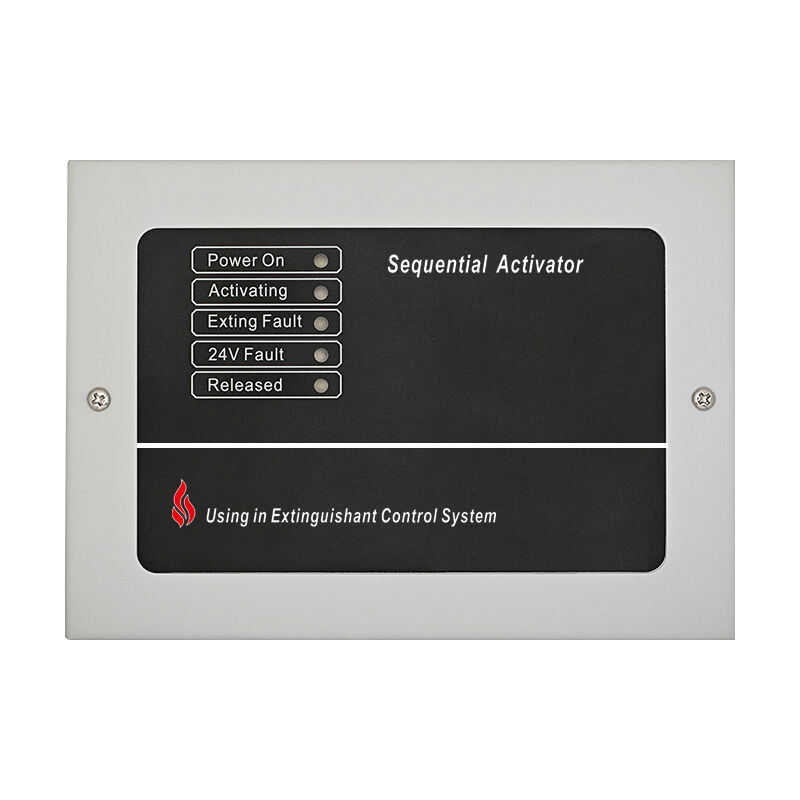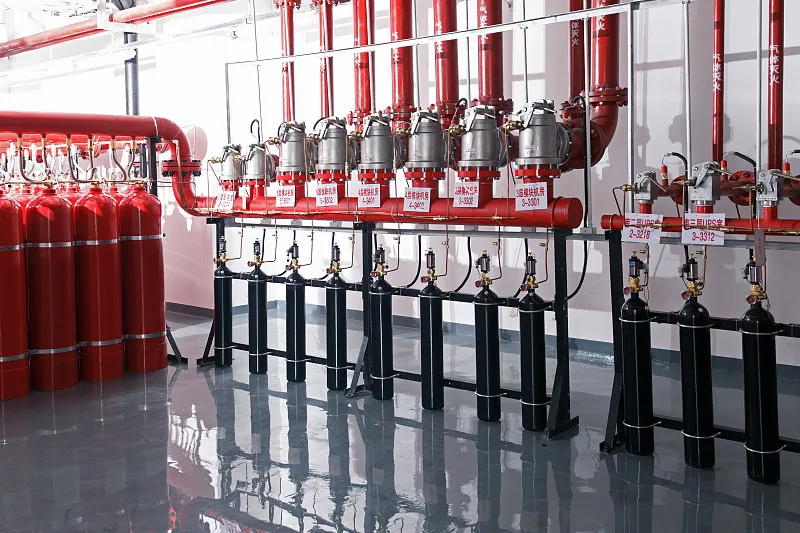heat detector coverage
Heat detector coverage represents a crucial component in modern fire safety systems, offering comprehensive protection through advanced temperature monitoring technology. These sophisticated devices are designed to monitor ambient temperature changes within their designated coverage area, typically spanning between 50 to 70 square feet depending on the model and installation height. The system operates by utilizing either fixed temperature or rate-of-rise detection methods, or in many cases, a combination of both for enhanced reliability. Fixed temperature detectors trigger when the ambient temperature reaches a predetermined threshold, usually between 135°F to 165°F, while rate-of-rise detectors activate when they sense a rapid temperature increase, typically 12°F to 15°F per minute. Modern heat detectors incorporate advanced thermistor technology for precise temperature measurement and microprocessor-based analysis for accurate threat assessment. These devices are particularly valuable in environments where smoke detectors might generate false alarms, such as kitchens, garages, or industrial facilities. The coverage pattern is carefully calculated to ensure no gaps in protection, with devices typically mounted on the ceiling in a grid pattern, maintaining specific spacing requirements as per fire safety regulations. Advanced models now feature self-diagnostic capabilities, ensuring consistent performance and reducing maintenance requirements while providing real-time status updates to central monitoring systems.










